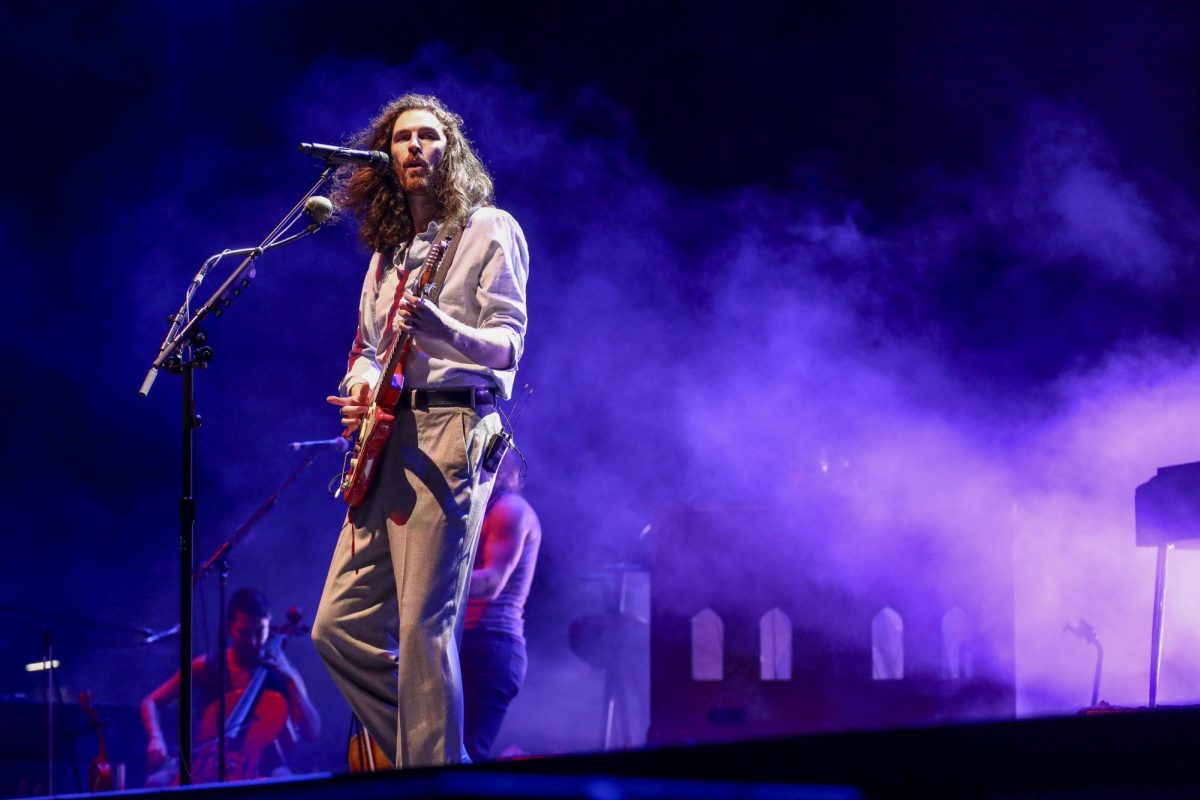Hozier, Noah Kahan and Chappell Roan each have one song sitting comfortably in the Billboard Hot 100’s top 50 this week. Their respective tracks, “Too Sweet,” “Stick Season” and “Good Luck, Babe!” aren’t just popular – they’re everywhere. From social media to supermarkets to radio air-time, these songs are certified hits.
But they’re also indie, with folk and dark pop themes that contrast with the styles of other artists dominating the charts, such as Taylor Swift’s pop-synth on The Tortured Poets Department and Kendrick Lamar’s hip-hop influences in his No. 1 track “Not Like Us.”
So what is it, about indie music – music that some might have called “underground” a decade ago – that gets people listening like this? Why, amid all the mainstream R&B, rap and pop flooding Billboard, do these few songs hit so close to home for many listeners?
Among the music-lovers at EHS, several students claim indie and underground artists as their favorites. For junior Leo Stein, it’s because of the emotion sustained in lesser-known music.
“For example, when Mitski is singing, you don’t feel the same way you feel when you listen to a basic love song by a popular pop artist,” Stein said. “She evokes emotion through the instruments and lyrics, rather than trying to appeal to the mainstream.”
Stein is drawn to the production of indie music, more than anything else. He said that “heavy-hitting instrumentals and production” connect with him more deeply than pop or country can.
For freshman Reggie Cummins, it’s the lyricism. In the songwriting of his favorite artists – Mitski, boygenius, Hozier, Alex G and Modern Baseball – he finds a humanity that is mostly void in the mainstream.
“The lyricism is definitely the most special thing about indie music,” Cummins said. “Sure, most genres of music have songs that explore the depths of human emotion, but indie is one of the few that is known for doing so.”
Junior Alex Daengsurisri considers himself immersed in Gen Z’s music preferences. He’s a Swiftie, but also listens to Snarls, Cult Summer, Chappell Roan, Alice Skye, The Crane Wives and Dazey.
Indie appeals to Daengsurisri because it can be “super light and poppy and fun, or it could be the most depressing thing you’ve ever listened to, but with a fun beat.” He likes the acoustic sound of folk and the wide spectrum that exists in the alternative genre.
“I’ve found that if you dig deeper into a music genre or a certain style you like, you’ll find some pretty awesome artists,” Daengsurisri said.
Many students believe indie music’s prevalence on the charts is a Gen Z-specific mark on the industry. In a 125-student Schoology survey, 71% said they think Gen Z drifts more toward indie, folk and alternative styles than our parents’ generation did.
Cummins attributed this to social media, where small artists often market themselves, and where audiences are mostly younger. He contrasted this new music landscape with that of generations past.
“Back in the day, if you wanted people to hear your music, you’d have to book a gig and hope the right person saw you and thought you were good enough to sign you to a label,” Cummins said. “Now, you can make a song in your bedroom and get thousands of streams overnight.”
Another contributor to the trend away from commercial pop might be Gen Z artists themselves, who are often straying from it. Other than Sabrina Carpenter and maybe Olivia Rodrigo, young stars just aren’t mimicking bubblegum-pop predecessors like Miley Cyrus or Britney Spears. A wave of young indie, folk and alternative artists is dominating and inspiring.
“It not only comforts me to hear my feelings transformed into art, but also makes me feel empowered to create my own art and music,” Cummins said.
Daengsurisri said the main draw from those unique sounds is their freedom and ability to overlap. After years of monotonous, upbeat pop captivating the mainstream, those things likely entice listeners everywhere.
“It isn’t within the constraints of what someone thinks music should sound like,” Daengsurisri said. “A lot of indie, folk and alternative artists experiment with how they sing certain words, and with different styles and vibes. I love the variety within the genres. It’s not just one thing majority of the time.”


